The northern tiger cat is a small wild cat that inhabits parts of Central America to Brazil in South America. It is was originally known as the oncilla, and also called the little spotted cat and tigrillo. The northern tiger cat is smaller than an ocelot and margay, but similar in appearance.
Scientific Name: Leopardus tigrinus
Conservation Status: Vulnerable
The oncilla’s taxonomy has been discussed and reviewed extensively. In 2013, the oncilla southern tiger cat (Leopardus guttulus) was recognized as a separate species.
lineage: The northern tiger cat belongs to the Ocelot lineage, which includes the ocelot, margay, pampas cat, southern tiger cat, Andean mountain cat, Geoffroy’s cat, and kodkod.
Additional species info:
Over the years, tiger cats have had many names. Recently, a research group in Brazil conducted an expanded analysis of tiger cats and identified three distinct groups: the Savanna tiger cat (Leopardus tigrinus), Atlantic forest tiger cat (Leopardus guttulus) and the clouded tiger cat (Leoparuds pardinoides).
Interesting oncilla | northern tiger cat facts
- Is a skilled climber
- Some oncillas are all black.
- Has thick, soft fur.
- Young oncillas have been observed putting
More about the northern tiger cat (oncilla)
In 2013, the oncilla population in southern Brazil, Paraguay, and Argentina was recognized as a new species: the southern tiger cat. The northern tiger cat is one of the smallest cats in South America.
Physical appearance
The oncilla/northern tiger cat is a slender cat a bit larger than regular domestic cats. Its thick fur ranges from light brown to brownish yellow, with spots (rosettes) across the back and sides. The spots can either be black or brown, with an open center. The spots on the cat’s legs get smaller as they go down the leg. The Northern tiger cat has black on the back with white spots. You can also find black oncillas in heavily forested regions.
| Oncilla | FROM | TO |
| Weight | 3.3 lbs. | 6.6 lbs. |
| Body Length | 15 in. | 23 in. |
| Tail Length | 7.9 in. | 16.5 in. |
Habitat (where the northern tiger cat lives)
The northern tiger cat can be found in Central America (Costa Rica and Panama). and in the Amazon basin to the center of Brazil. It has been seen in savannas, forests, and elevations up to 15,700 feet. It has been seen in the northern Andes up to 9,800 ft., in Costa Rica’s cloud forests (tropical and subtropical forests with frequent cloud cover.

Hunting and prey (diet)
The northern tiger cat is an excellent climber, although it spends most of its time on the ground. It feeds on small mammals, birds, lizards, eggs, tree frogs, and invertebrates, as well as grasses.
Northern tiger cat communication
Kittens purr. Adult cats gurgle when near each other.
Reproduction and lifespan
Gestation is 74 to 76 days. There is usually only one litter per year with 1 to 3 kittens. The kittens open their eyes after a week to two weeks. They take solid food after a month to two months and are fully weaned after three months. Sexual maturity is reached at around two and a half years. The lifespan of a wild oncilla is about 11 years. Captive oncillas have lived as long as 17 years.
Conservation threats
The northern tiger cat’s survival is threatened by habitat loss (deforestation) and poaching. They are aggressively killed for their fur and are considered one of the top four most hunted small wild cats.

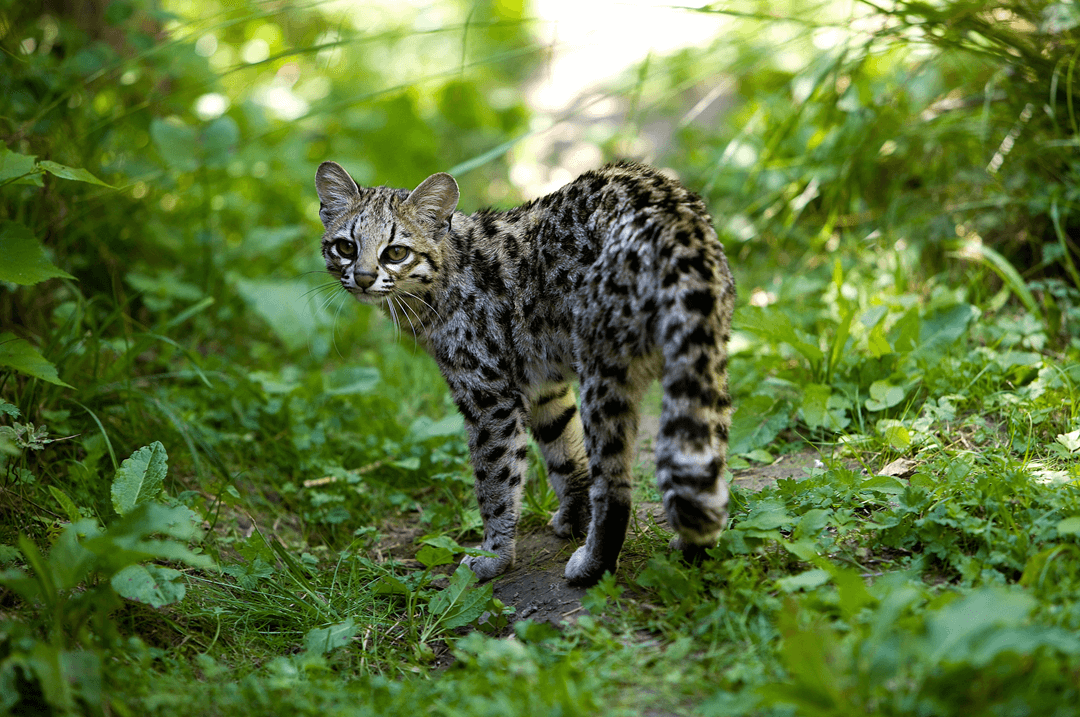
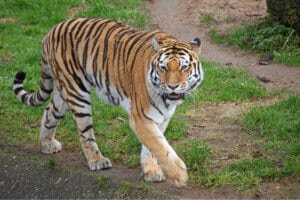
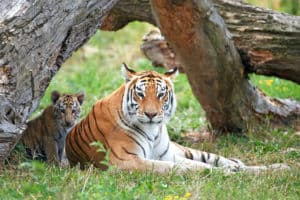


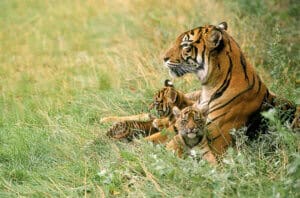

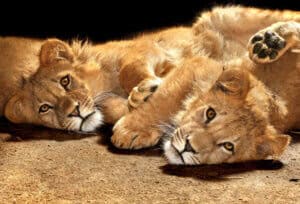

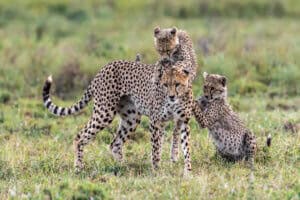
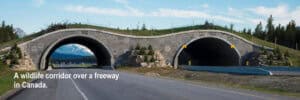
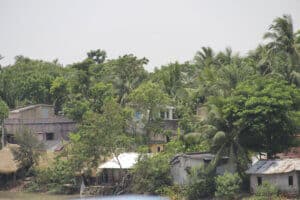
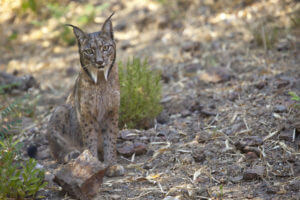
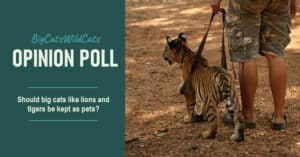
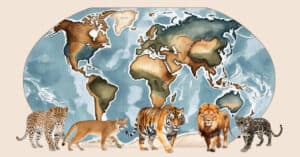
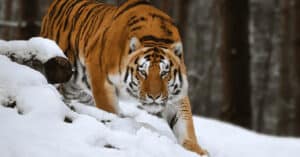

0 Comments